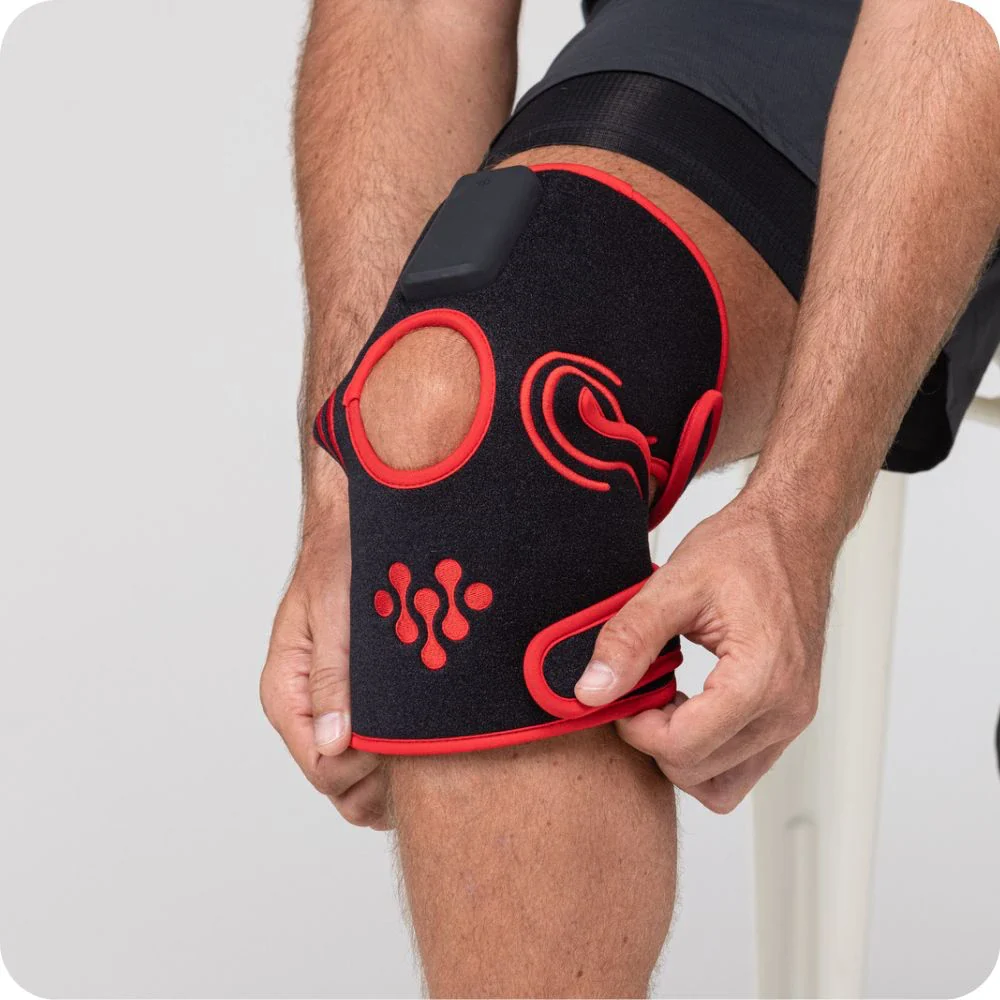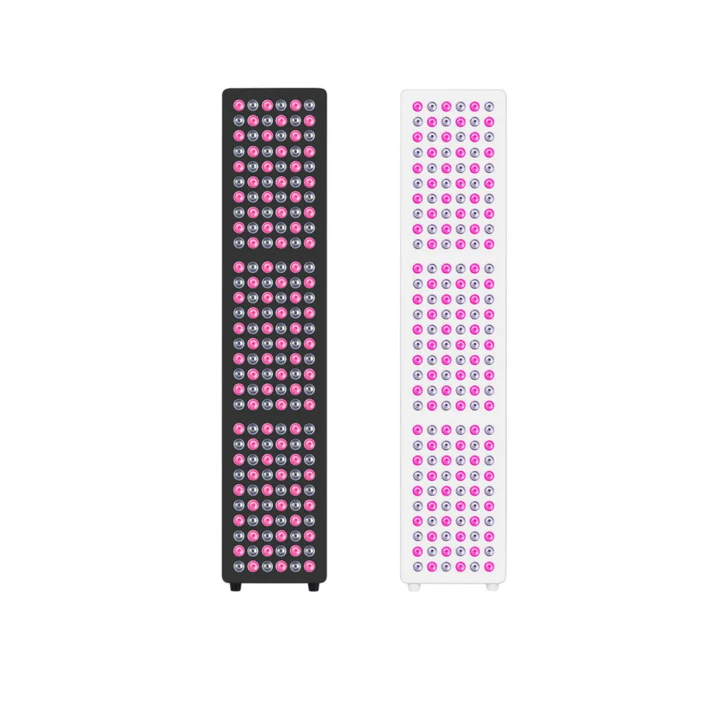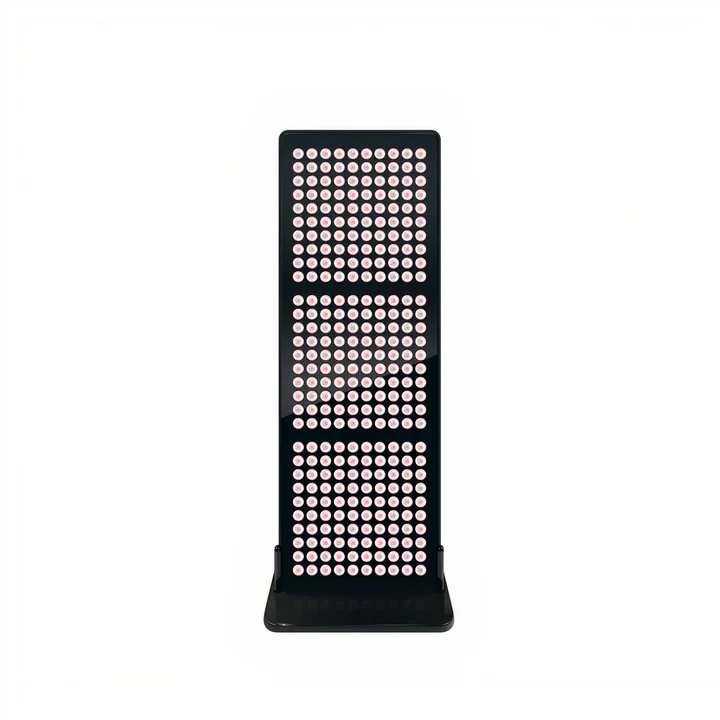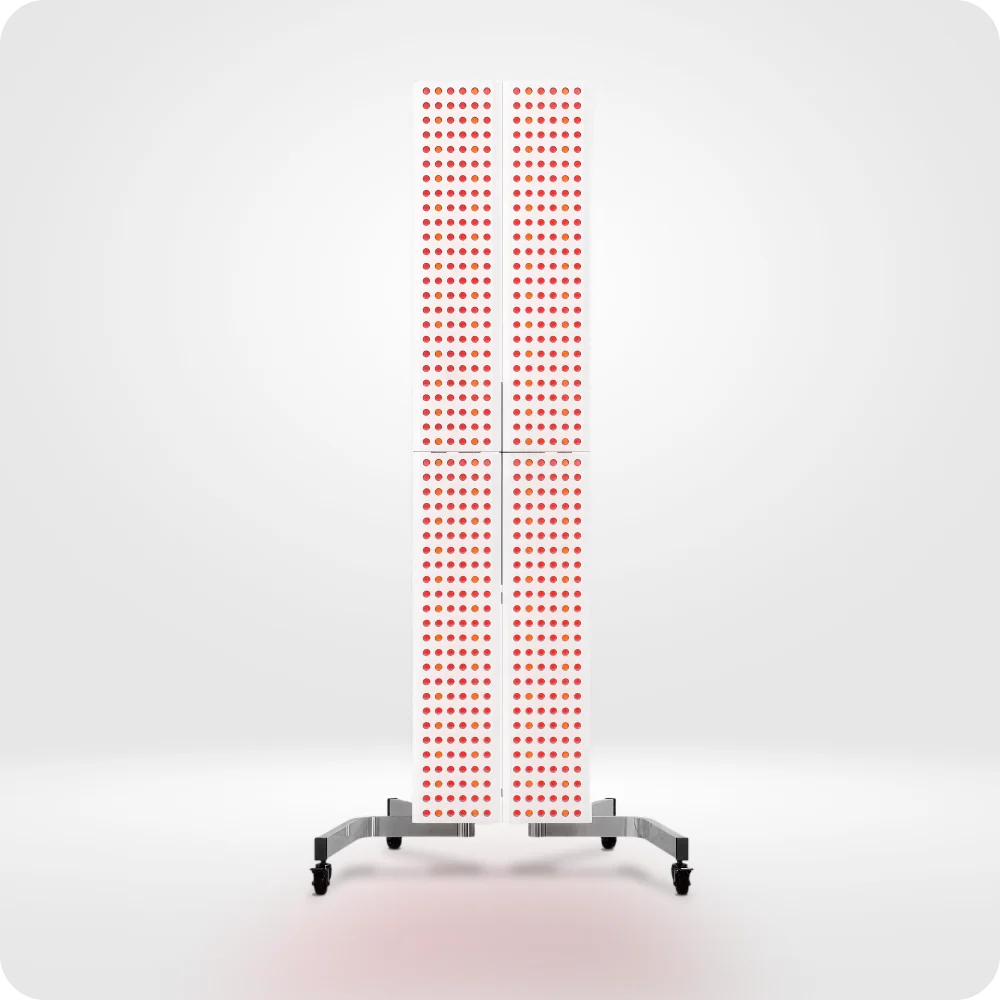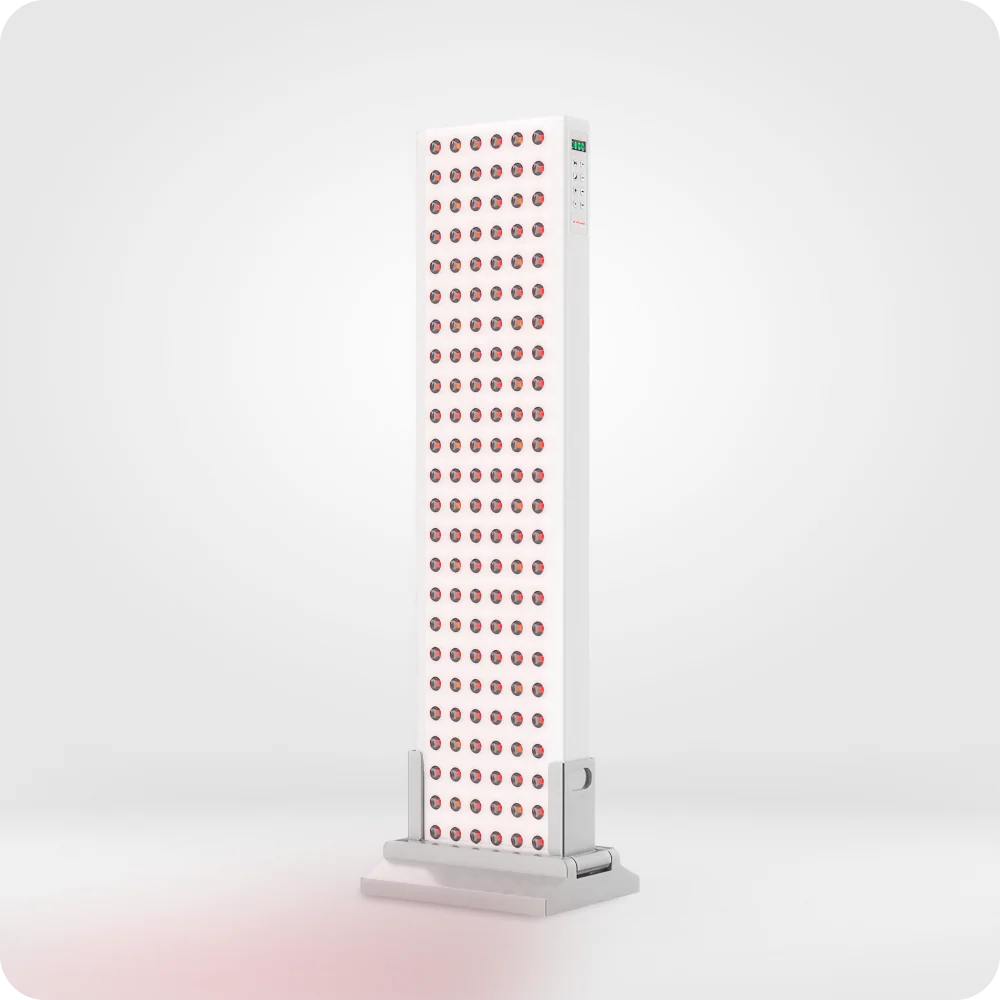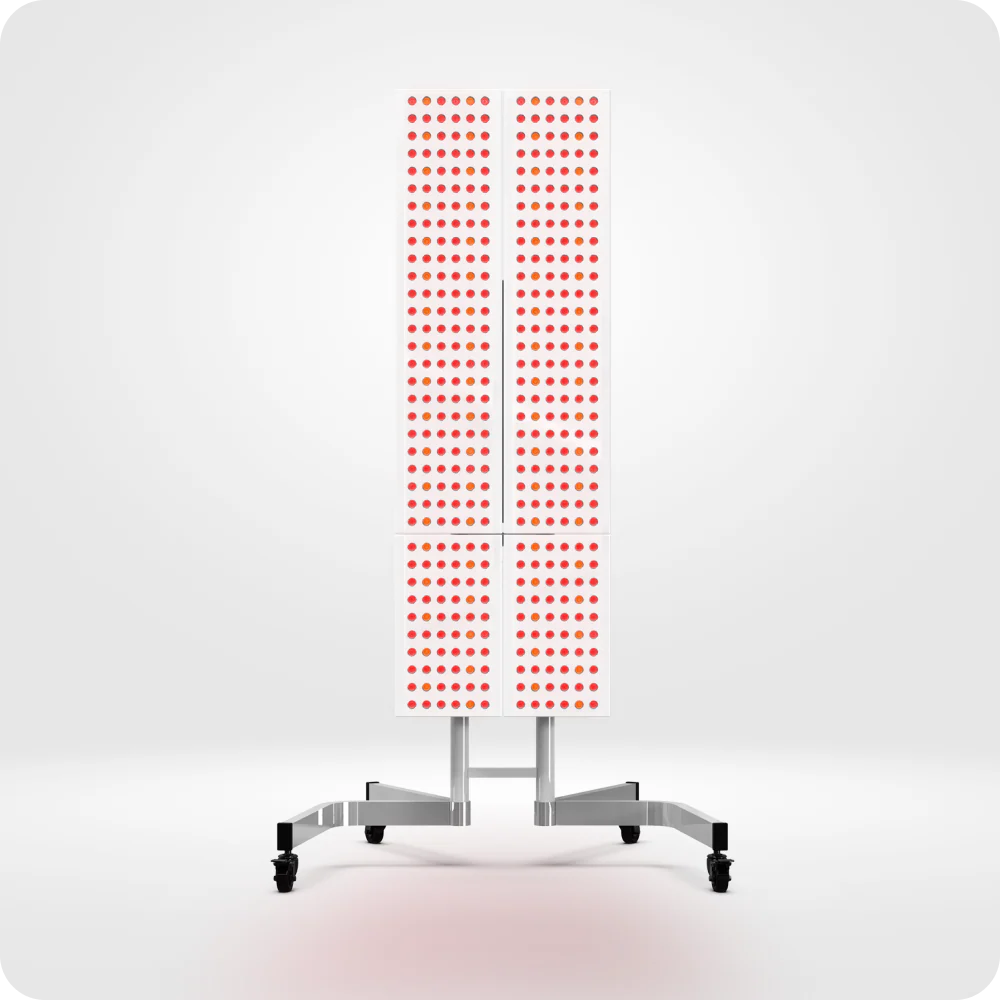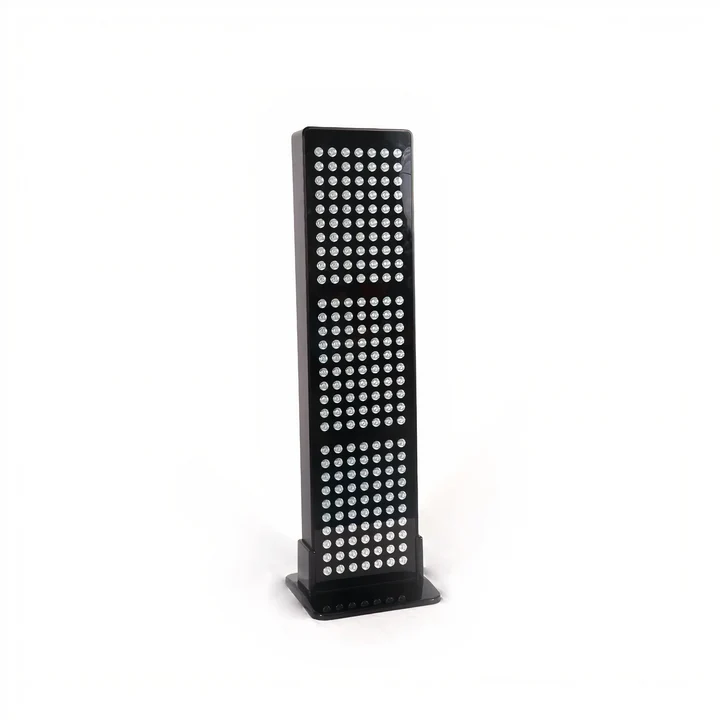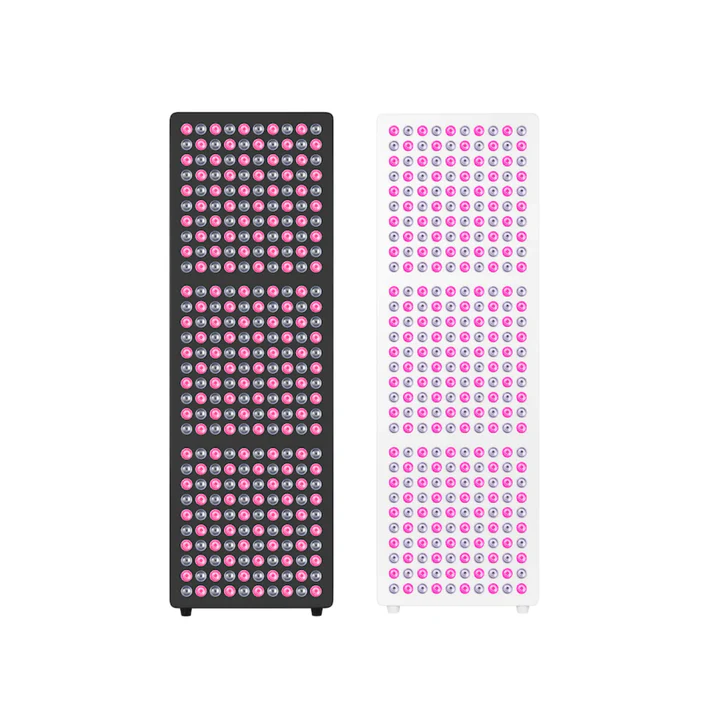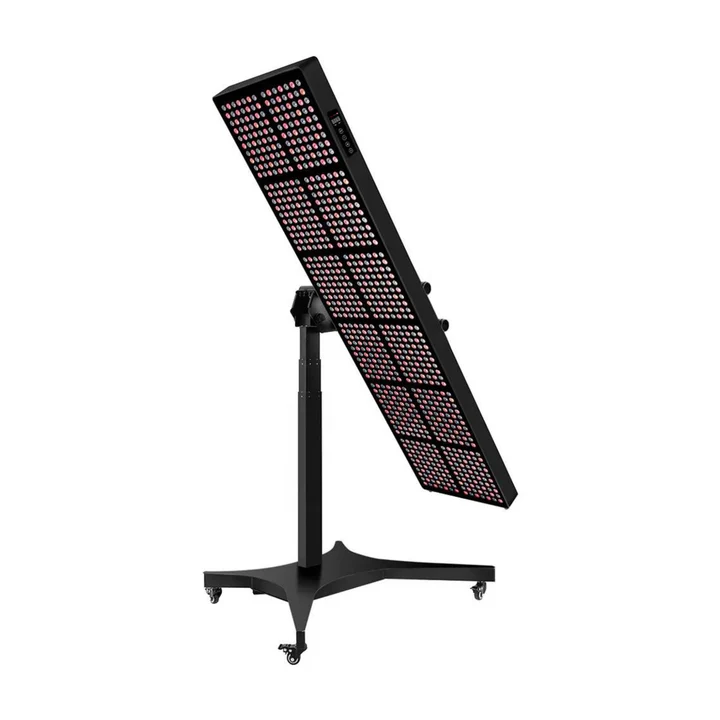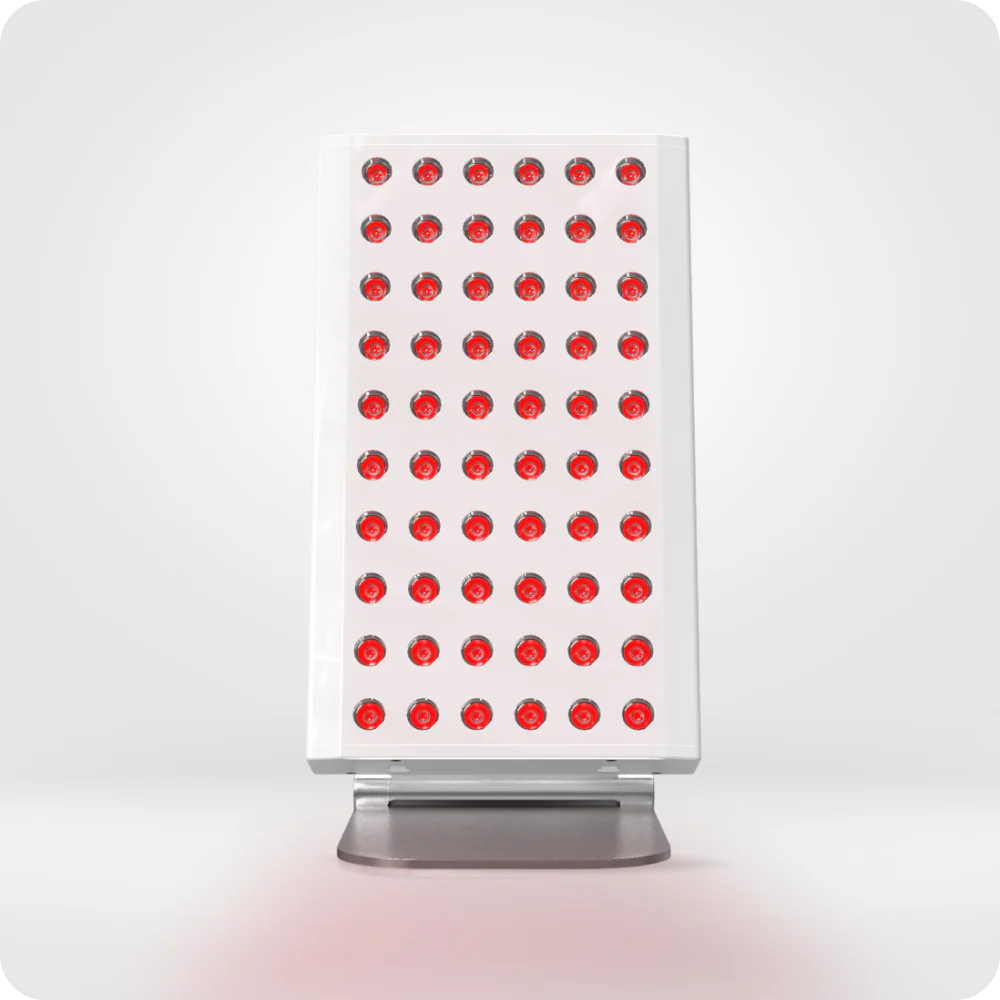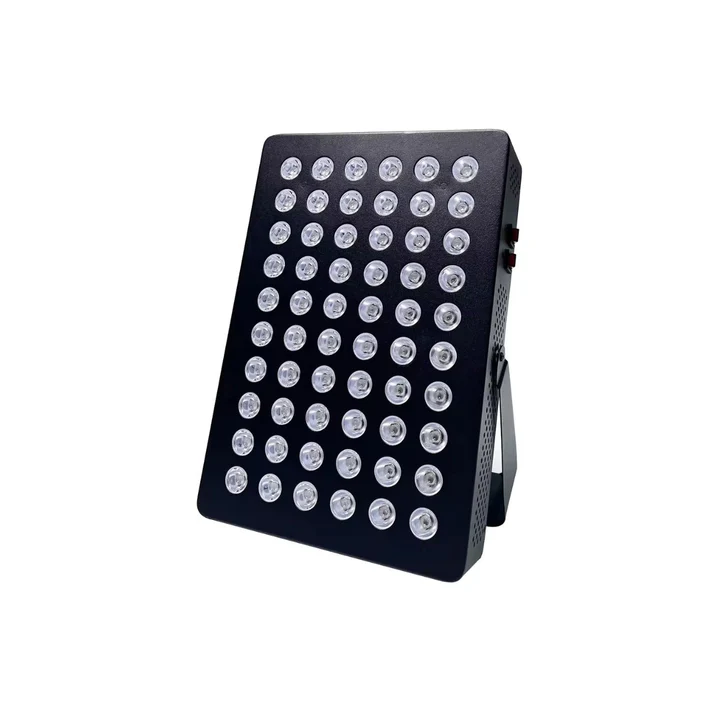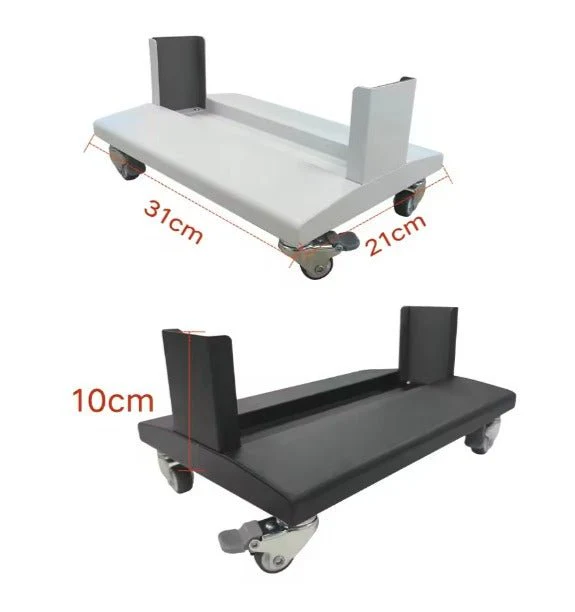LED Light Therapy for Anti-Aging: Benefits and Results
As we age, our skin undergoes complex biological changes that manifest as wrinkles, fine lines, uneven texture, and decreased elasticity. LED light therapy has emerged as a scientifically-validated, non-invasive solution for combating these signs of ageing. This comprehensive analysis examines the extensive research supporting LED therapy's anti-ageing benefits, explores the underlying mechanisms of action, and provides evidence-based insights into expected results and treatment protocols.
The Science-Backed Anti-Ageing Revolution
LED light therapy represents one of the most researched non-invasive anti-ageing treatments available today. Clinical studies consistently demonstrate its ability to stimulate collagen production, improve skin texture, reduce fine lines, and enhance overall skin quality through precise wavelength-specific cellular activation. Unlike invasive procedures, LED therapy works with your skin's natural regenerative processes.
The Cellular Mechanisms of Anti-Ageing
Collagen Stimulation: The Foundation of Youthful Skin
The primary anti-ageing mechanism of LED therapy occurs through enhanced collagen synthesis. Research published in Photomedicine and Laser Surgery demonstrates that red and near-infrared light (660-850nm) penetrate into the dermis and stimulate fibroblasts to increase collagen production by up to 31% after just 4 weeks of treatment.
Comprehensive Anti-Ageing Benefits
Wrinkle and Fine Line Reduction
Clinical studies show significant improvements in periorbital wrinkles (around the eyes) and nasolabial folds. A 12-week study demonstrated an average 36% reduction in fine line depth and 23% improvement in skin texture scores.
Enhanced Skin Elasticity
LED therapy stimulates elastin production alongside collagen, improving skin firmness and bounce. Measurements show up to 19% improvement in skin elasticity after 8 weeks of consistent treatment.
Improved Skin Tone and Texture
Enhanced cellular turnover and increased blood flow result in more even skin tone, reduced pore appearance, and smoother overall texture. Patients report visible improvements within 2-3 weeks.
Increased Hydration and Radiance
LED therapy improves skin barrier function and moisture retention, leading to increased hydration levels and natural radiance. Studies show 27% improvement in skin hydration measurements.
Reduced Age Spots and Pigmentation
Near-infrared wavelengths help normalise melanin production and improve cellular turnover, gradually reducing age spots and uneven pigmentation for a more youthful complexion.
Enhanced Skin Barrier Function
Improved cellular metabolism strengthens the skin's protective barrier, increasing resistance to environmental damage and supporting long-term skin health and appearance.
Wavelength-Specific Anti-Ageing Mechanisms
Different wavelengths of light penetrate to various depths in the skin, each providing specific anti-ageing benefits. Understanding these mechanisms helps optimise treatment protocols for maximum effectiveness.
How Different Wavelengths Combat Ageing
Red Light (660nm): Surface Anti-Ageing
Penetrates 1-3mm into skin, targeting the epidermis and upper dermis. Stimulates surface collagen production, improves fine lines, and enhances cellular turnover for smoother skin texture.
Near-Infrared (810nm): Deep Dermal Renewal
Penetrates 3-4mm deep, reaching the mid-dermis where mature collagen and elastin fibres reside. Promotes deep structural improvements and long-term anti-ageing benefits.
Near-Infrared (850nm): Cellular Rejuvenation
Maximises mitochondrial stimulation and ATP production, providing cells with energy needed for optimal repair and regeneration processes throughout the skin layers.
Combination Protocols: Synergistic Effects
Using multiple wavelengths simultaneously provides comprehensive anti-ageing benefits, addressing both surface concerns and deeper structural changes for optimal results.
Clinical Evidence and Research Results
Landmark Anti-Ageing Study Results
A pivotal double-blind, placebo-controlled study published in the Journal of Cosmetic and Laser Therapy followed 136 participants aged 35-65 for 12 weeks. Participants receiving LED light therapy showed significant improvements in all measured parameters: 36% reduction in fine lines, 19% improvement in skin elasticity, and 91% patient satisfaction scores.
Age-Specific Treatment Outcomes
Research indicates that LED therapy effectiveness varies by age group, with different timeframes and result expectations for various life stages. Understanding these patterns helps set realistic goals and optimise treatment approaches.
Ages 25-35: Prevention and Early Intervention
Younger skin responds rapidly to LED therapy, with noticeable improvements in skin quality within 2-3 weeks. Primary benefits include enhanced radiance, improved texture, and prevention of early signs of ageing. Success rate: 94% patient satisfaction.
Ages 35-50: Active Anti-Ageing Treatment
This age group sees excellent results for fine lines, mild wrinkles, and skin texture improvements. Significant collagen stimulation occurs, with optimal benefits appearing after 6-8 weeks of consistent treatment. Success rate: 87% patient satisfaction.
Ages 50+: Mature Skin Rejuvenation
Mature skin benefits from LED therapy's ability to stimulate cellular regeneration and improve overall skin quality. While deeper wrinkles may require longer treatment periods, improvements in texture, tone, and hydration are consistently achieved. Success rate: 79% patient satisfaction.
Treatment Protocols and Timeline Expectations
Evidence-Based Treatment Schedules
Clinical research has established optimal treatment protocols that balance effectiveness with practical considerations. Most successful studies employ consistent, regular treatment schedules over extended periods to achieve maximum anti-ageing benefits.
Optimal Protocol Research Findings
A comprehensive meta-analysis examining 23 anti-ageing LED studies found that the most effective protocols involved treatments 3-5 times per week for 8-12 weeks, followed by maintenance sessions 1-2 times weekly. This schedule maximised collagen stimulation whilst allowing adequate recovery time between sessions.
Realistic Timeline for Anti-Ageing Results
- Week 1-2: Improved skin radiance and hydration, initial cellular activation
- Week 3-4: Enhanced skin texture and tone, reduced appearance of fine lines
- Week 6-8: Noticeable improvements in skin firmness and elasticity
- Week 8-12: Significant reduction in wrinkles and enhanced overall skin quality
- Week 12+: Maximum anti-ageing benefits achieved, maintenance phase begins
Setting Realistic Anti-Ageing Expectations
Whilst LED therapy provides excellent anti-ageing results, it's important to understand that improvements occur gradually through natural cellular processes. The therapy works best as part of a comprehensive skincare routine and lifestyle approach to healthy ageing. Results vary based on individual factors including age, skin condition, and treatment consistency.
Comparing LED Therapy to Other Anti-Ageing Treatments
| Treatment Type | Effectiveness | Safety Profile | Recovery Time | Cost |
|---|---|---|---|---|
| LED Light Therapy | Moderate to High | Excellent | None | Low to Moderate |
| Botox Injections | High (specific areas) | Good | Minimal | High (recurring) |
| Chemical Peels | Moderate to High | Moderate | 3-14 days | Moderate |
| Laser Resurfacing | High | Moderate | 7-21 days | High |
| Topical Retinoids | Moderate | Moderate | 2-6 weeks initial | Low |
Unique Advantages of LED Anti-Ageing Therapy
LED light therapy offers several distinct advantages over traditional anti-ageing treatments, making it an attractive option for many individuals seeking safe, effective skin rejuvenation.
Why Choose LED for Anti-Ageing
- No downtime or recovery period required
- Suitable for all skin types and colours
- No risk of scarring or permanent side effects
- Can be safely combined with other treatments
- Gradual, natural-looking improvements
- Long-term benefits with proper maintenance
- Cost-effective compared to regular professional treatments
Maximising Anti-Ageing Results
Factors That Enhance Treatment Effectiveness
Research has identified several factors that can significantly improve LED therapy outcomes for anti-ageing applications. Understanding and implementing these strategies can enhance results and accelerate improvements.
Lifestyle Factors and Treatment Success
A study published in Dermatologic Surgery examined factors affecting LED therapy outcomes in 200 participants. Those who maintained optimal skincare routines, adequate sleep, and sun protection achieved 34% better results compared to those who didn't follow these recommendations.
Complementary Strategies for Enhanced Results
- Maintain consistent treatment schedule for optimal cellular stimulation
- Use high-quality skincare products with active ingredients
- Protect skin from UV damage with broad-spectrum sunscreen
- Stay well-hydrated to support cellular processes
- Maintain a diet rich in antioxidants and essential nutrients
- Get adequate sleep for optimal skin repair and regeneration
Safety and Long-Term Use
Comprehensive Safety Profile
One of LED therapy's greatest advantages for anti-ageing applications is its exceptional safety record. Extensive clinical research involving thousands of participants has demonstrated that LED light therapy is safe for long-term use without adverse effects.
Addressing Anti-Ageing Treatment Concerns
Unlike many anti-ageing treatments that carry risks of complications, permanent changes, or require extensive recovery periods, LED therapy works through gentle, natural cellular stimulation. This approach provides consistent anti-ageing benefits without the concerns associated with more aggressive treatments.
LED light therapy and EMFs
There is a Catch-22 with LED light therapy in that EMFs are produced, although it is argued that the benefits can outweigh the disadvantages. Notably, there are now low-emf LED light therapy models. People can also consider using Blushield to neutralize EMFs while benefiting from LED light therapy
Long-Term Benefits and Maintenance
Research indicates that LED therapy benefits continue to improve with long-term use, making it an excellent choice for ongoing anti-ageing maintenance. Studies following patients for over two years show sustained improvements in skin quality and continued collagen production benefits.
Cost-Effectiveness and Value Analysis
Economic Benefits of LED Anti-Ageing Therapy
A health economics analysis published in the Journal of Cosmetic Dermatology compared LED therapy costs to traditional anti-ageing treatments over a 5-year period. LED therapy users spent 60% less on anti-ageing treatments whilst achieving comparable or superior results to those using conventional approaches.
Future Developments in LED Anti-Ageing
Current research continues to refine LED therapy protocols and explore new applications in anti-ageing treatment. Emerging studies investigate personalised wavelength selection, combination therapies, and advanced delivery systems to further enhance results.
Key Anti-Ageing Research Findings
- LED therapy increases collagen production by up to 31% in clinical studies
- 91% patient satisfaction rates for anti-ageing improvements
- Optimal results achieved with 3-5 treatments weekly for 8-12 weeks
- Benefits include wrinkle reduction, improved elasticity, and enhanced skin quality
- Excellent safety profile suitable for long-term maintenance use
- Cost-effective alternative to traditional anti-ageing treatments
Conclusion: Evidence-Based Anti-Ageing Solution
The scientific evidence overwhelmingly supports LED light therapy as an effective, safe, and practical solution for anti-ageing concerns. With its ability to stimulate natural collagen production, improve skin texture, and enhance overall skin quality, LED therapy offers a non-invasive alternative to more aggressive anti-ageing treatments.
For individuals seeking to maintain youthful skin appearance or address early signs of ageing, LED light therapy provides a scientifically-validated approach that works with the body's natural regenerative processes. The therapy's excellent safety profile, minimal time commitment, and long-term cost-effectiveness make it an attractive option for sustainable anti-ageing care.
Starting Your Anti-Ageing Journey
Whilst LED therapy is safe and effective for most individuals, consulting with a skincare professional can help optimise treatment protocols for your specific needs and goals. Professional guidance ensures you select appropriate devices and develop effective routines that maximise your anti-ageing results whilst complementing your overall skincare regimen.
